Essential systems for local communities
Kitchens, bathrooms and laundry rooms across the greater Madison area are the start of something beautiful: an age-old process of moving wastewater from our homes and businesses to treat and return it to the environment as clean water. But that process requires an intricate series of pipes, pumps, valves, tanks and more — infrastructure — to make it happen. And this infrastructure requires attention and investment to support the health of our environment and our communities.
In 2024, the EPA released a report to Congress detailing $630 billion in investments needed over the next 20 years to maintain and modernize our nation’s clean water infrastructure. By comparison, our District, serving nearly a half million people across Dane County, represents a relatively small portion of the nation’s overall infrastructure, but it is essential to area communities and businesses that depend on reliable service. Like our nation’s infrastructure, the local wastewater systems that make it possible for us to do our jobs are in need of improvement and expansion to meet regulatory requirements, improve resiliency and accommodate growth.
The need for extensive — and expansive — infrastructure improvements isn’t surprising. Systems naturally require maintenance and replacement over time, and growth demands greater capacity.
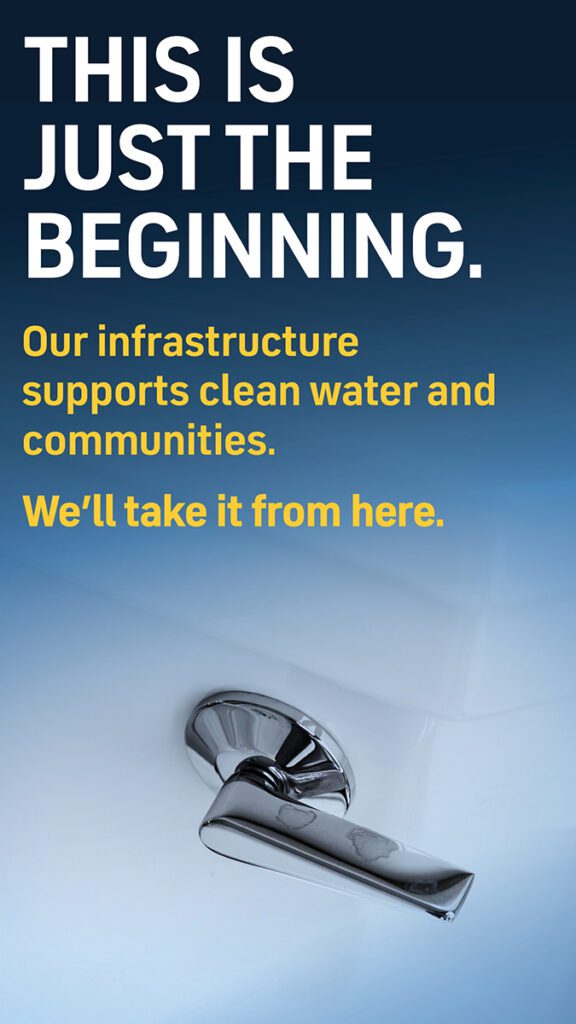
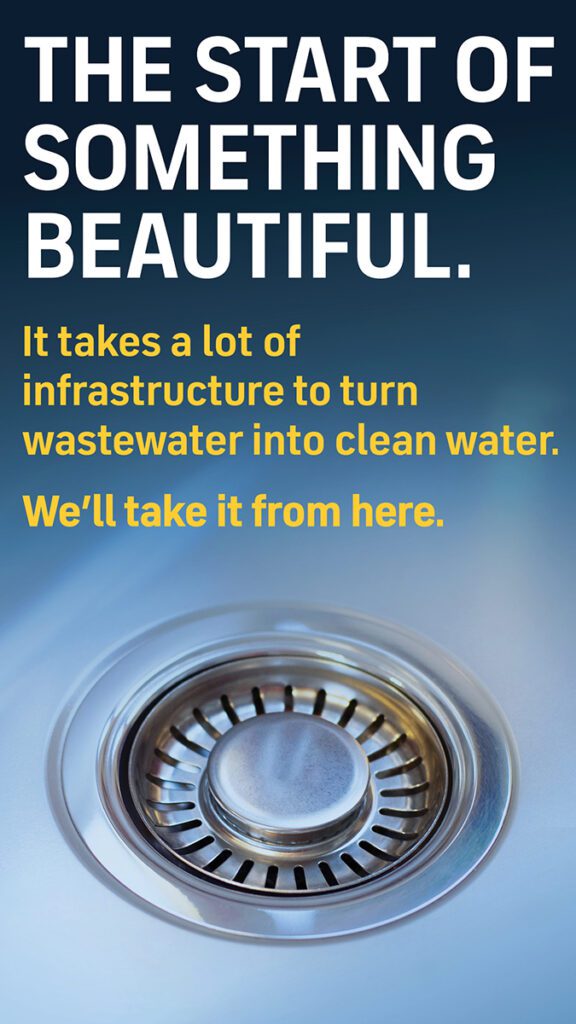
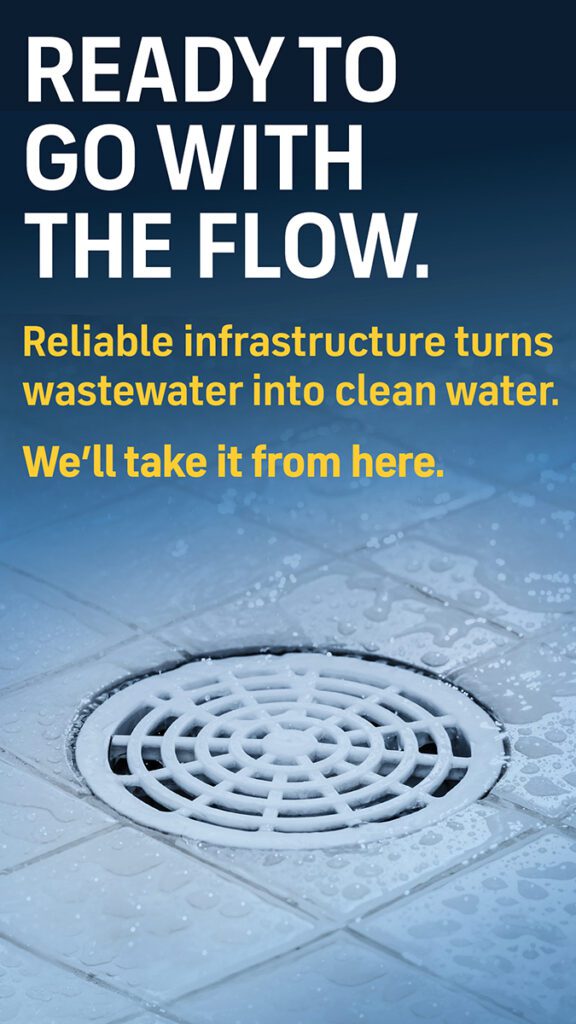
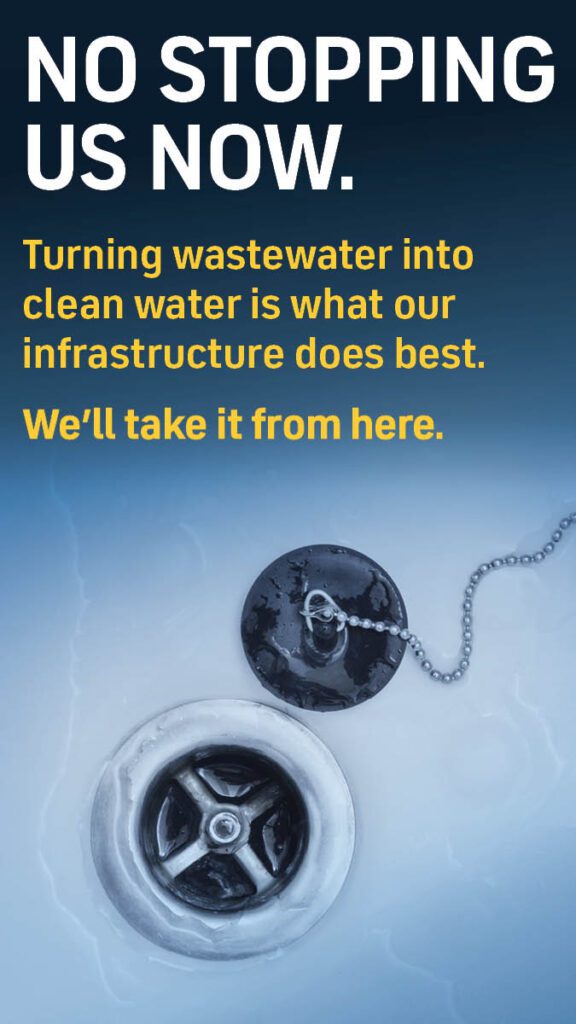
Supporting invisible priorities
Improvements and investments in capital infrastructure are major drivers of the District’s annual budget. Infrastructure needs stem from aging assets, regulatory requirements, and additional capacity to serve regional growth, among other factors to keep the wastewater system in good working order.
Funding for the District and its projects comes from various sources, with the largest being service charges collected from our 24 customer communities. As a wholesale provider of wastewater collection and treatment, we do not bill households and businesses directly. We bill our customer communities, which then bill their residents and businesses.
Driving factors for infrastructure investment
Most of the District’s annual spending on infrastructure addresses infrastructure renewal and accommodating local growth. Two-thirds of upcoming capital improvements are replacement and renewal investments driven by condition, while one-third is to expand capacity to accommodate growth.
The majority of the nation’s [wastewater treatment plants] are designed with an average lifespan of 40 to 50 years, so the systems that were constructed in the 1970s, around the passing of the Clean Water Act in 1972, are reaching the end of their service lives.
-American Society of Civil Engineers, 2021 Infrastructure Report Card
Over 70% of the District’s collection system was installed prior to 1980, with the vast majority of pipes coming online in the 1960s and 1970s. In addition to potentially degraded pipe condition, the capacity of most facilities is designed for only 40 to 50 years of future growth, meaning many are at or near capacity. As Dane County is the fastest-growing county in Wisconsin, this growth also drives the need for larger or additional pipes to ensure the safe and reliable conveyance of wastewater.
On the treatment plant side, state and federal grants in the 1970s and 1980s allowed the District to double the size of the plant and bring new technologies and systems online. Those grants no longer exist, and some critical treatment plant systems components are at or past the end of their useful lives.
Major infrastructure projects for 2025-2026
It takes a lot of infrastructure to turn wastewater into clean water. And the time is now to make that investment to support clean water and communities.
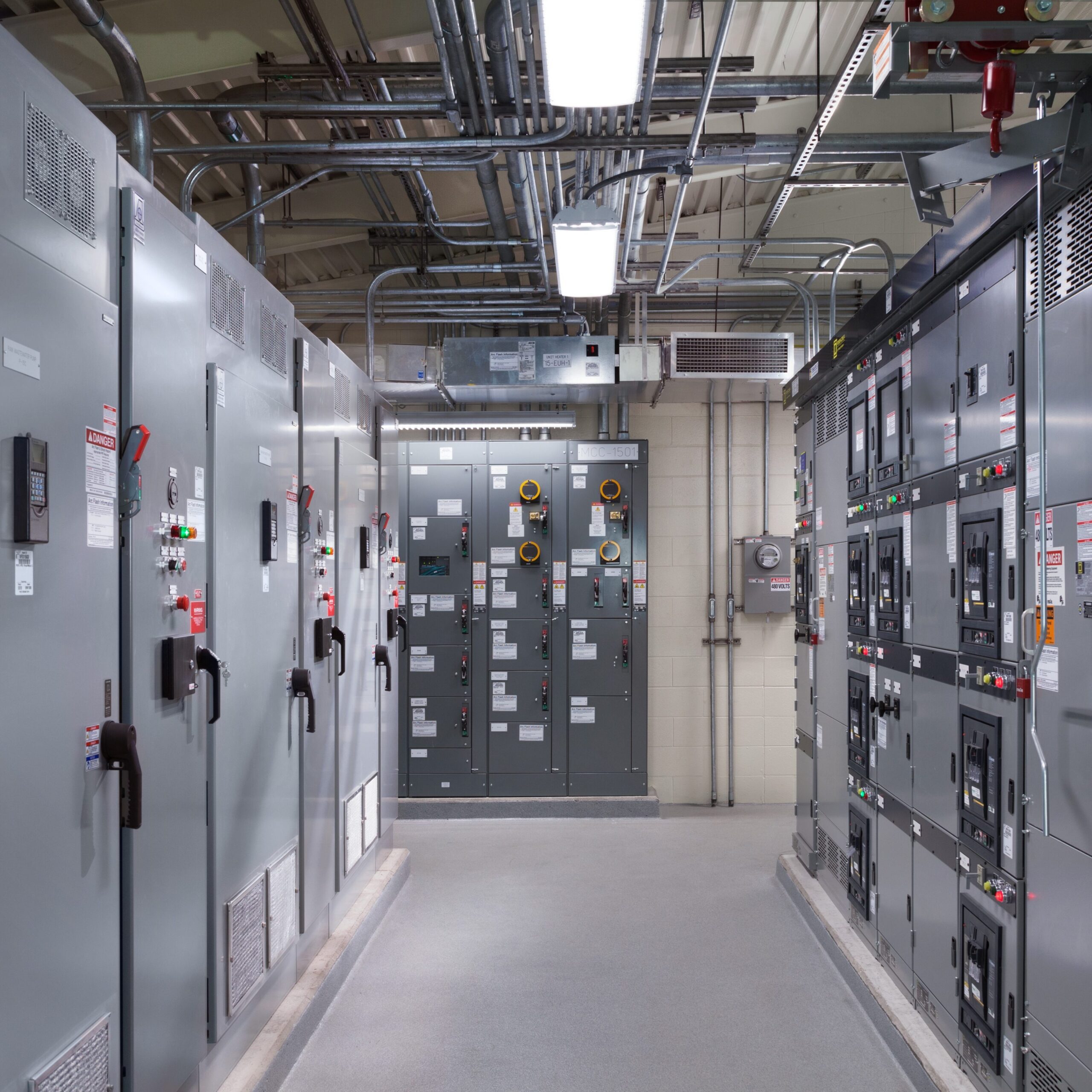
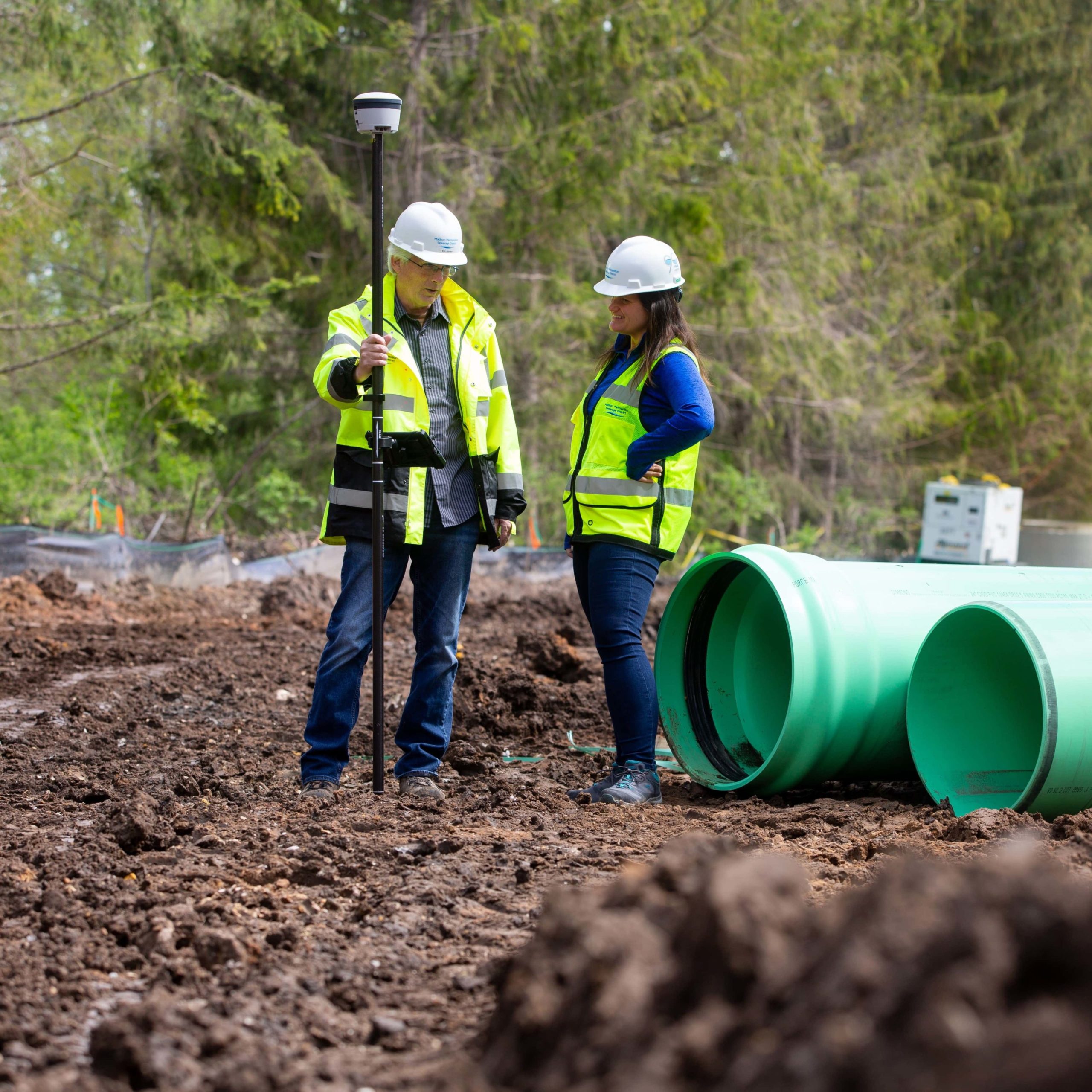
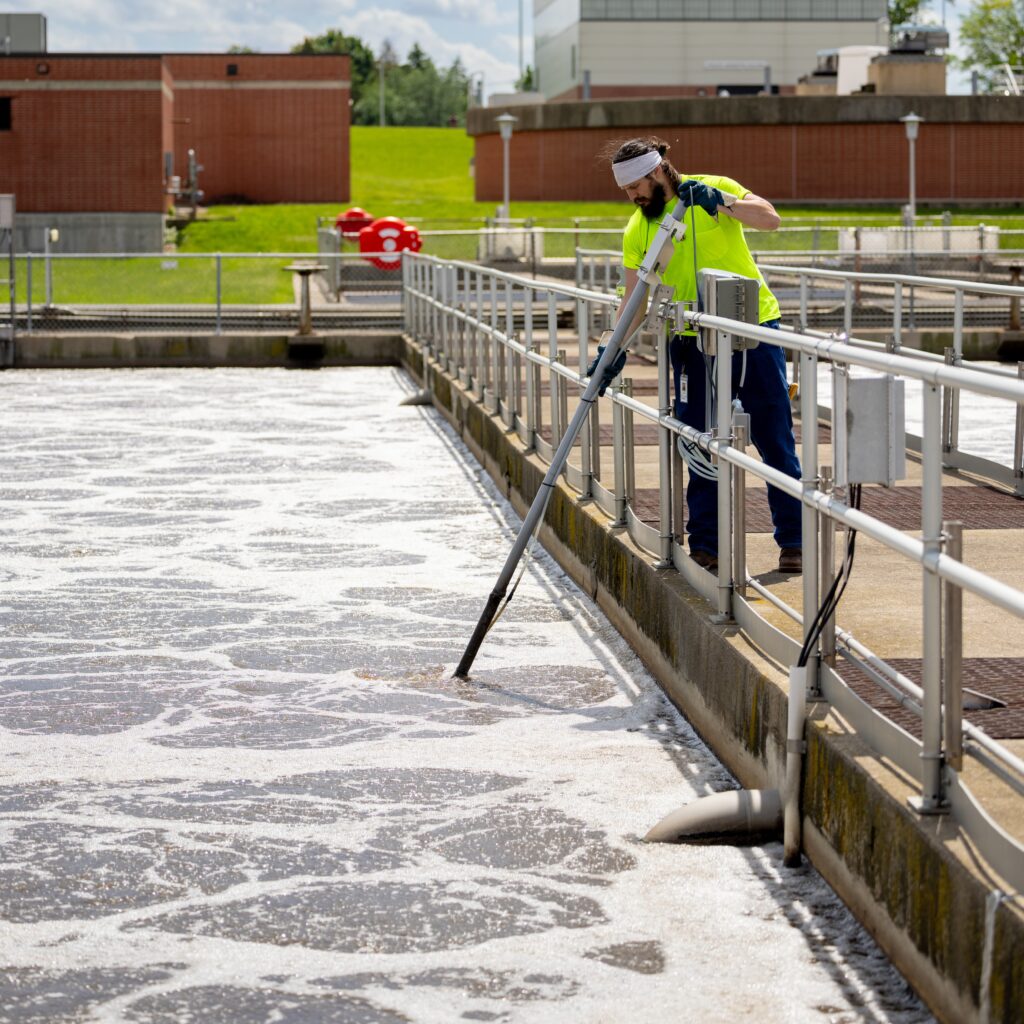
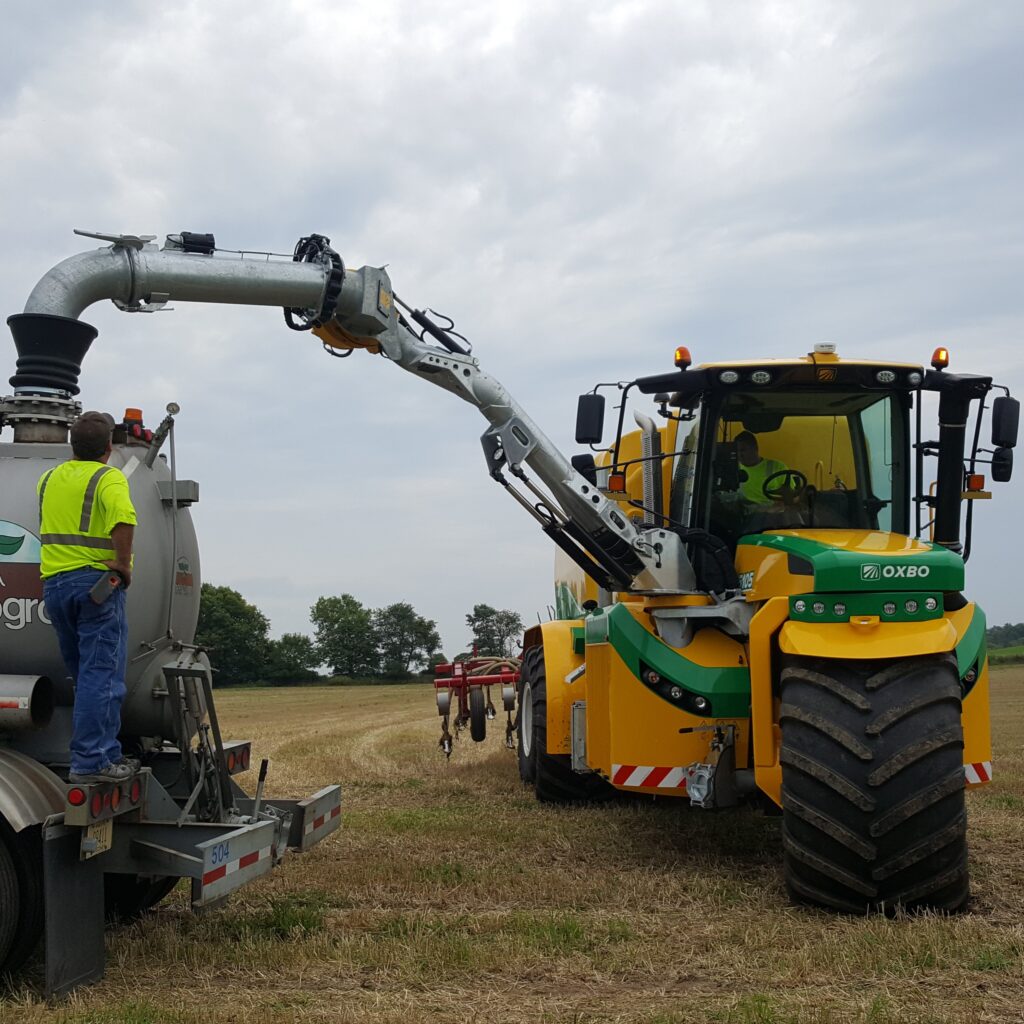
Some upcoming key projects include:

- Plant electrical service equipment replacement — This project invests in new equipment to replace existing electrical equipment nearing the end of its life. This new equipment is essential to safely and reliably power critical plant operations.
- Heat and power improvements — Running a wastewater treatment plant requires a lot of energy. The project aims to determine the best path forward for replacing and improving the efficiency of important energy-producing infrastructure at the plant.
- Biosolids facilities planning — Biosolids are a natural byproduct of the wastewater treatment process, but a changing climate, market demands and additional pressures require the District to consider other facility needs and options to address this resource and remain compliant with current regulations.
- Force main inspections — Force mains are an important component of the wastewater collection system, but it’s difficult to assess their condition using traditional methods. By investing in routine force main inspections, we can better prevent sewer overflows, address maintenance issues and determine when and where replacements are needed.
- Northeast Interceptor (NEI)-Waunakee capacity improvements — Continued high growth rates in the Village of Waunakee and Town of Westport have driven the need for the District to add capacity. The first phase of this project addresses the existing sewer between Waunakee and the Yahara River.
- Nine Springs Valley Interceptor (NSVI) capacity improvements — Similar to the NEI-Waunakee project, this project adds capacity to support high growth in the southwest and western portions of the service area, including Verona and Fitchburg, which are some of the fastest-growing areas in Dane County.
- West Interceptor — Built in 1916, the West Interceptor is one of the oldest remaining sewer pipes in the District’s service area. It serves the near west side of Madison, Middleton, Shorewood Hills and Westport. We will complete the third and final phase of this project in 2025 to shore up the capacity and reliability of this part of the sewer system.
We all benefit from the unseen clean water infrastructure that ensures wastewater moves safely and reliably from our homes and businesses. The time is now to invest in these invisible but critical priorities to protect the future of public health and the environment.
We’ll take it from here.
Serving 435,000 neighbors every day. Supporting our communities 37 million gallons at a time.






